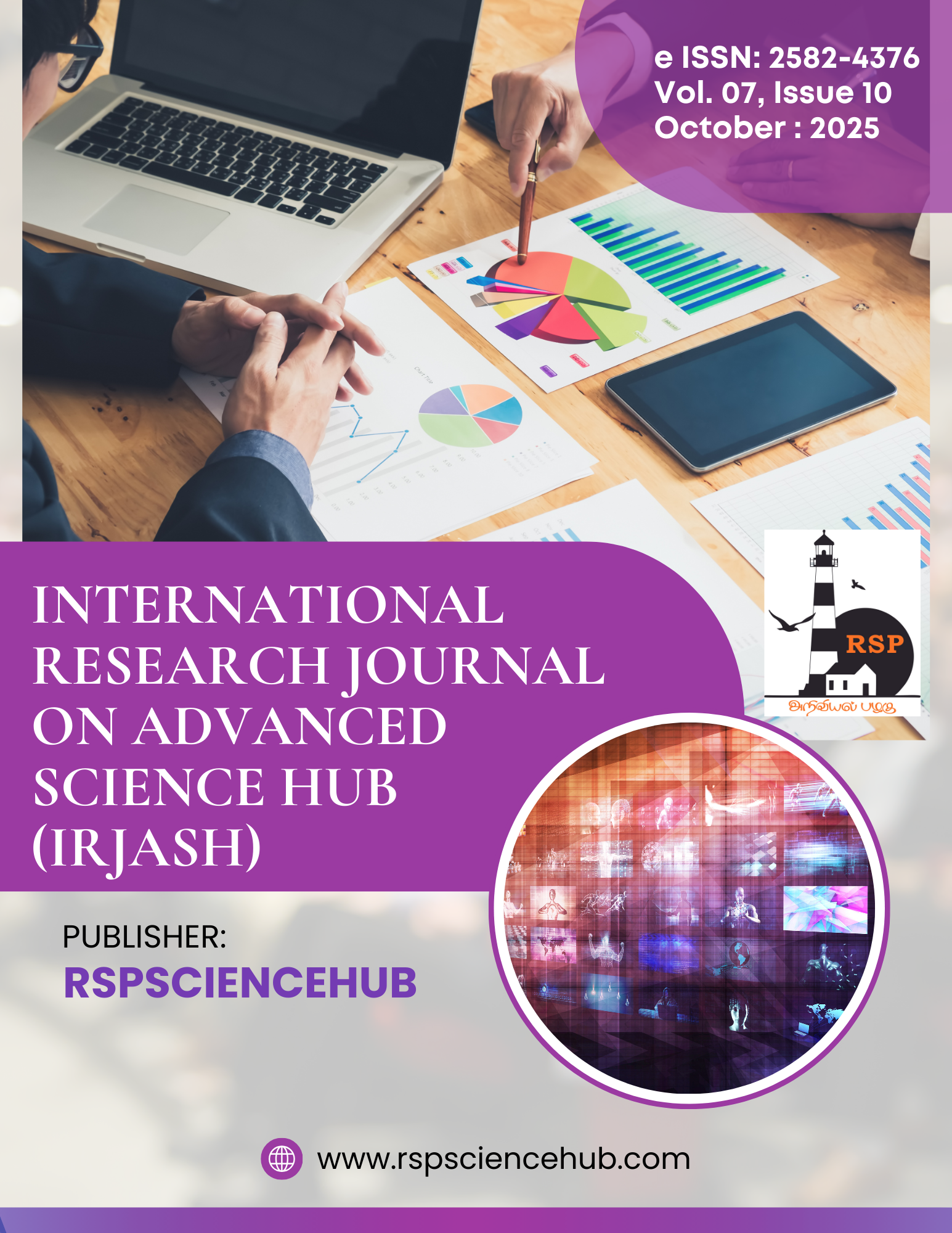Intelligent Automation Adoption in Manufacturing Supply Chains: A Systematic Literature Review of RPA and AI Integration Frameworks, Performance Impacts, and Implementation Strategies
DOI:
https://doi.org/10.47392/IRJASH.2025.102Keywords:
Intelligent Automation, RPA, AI, Supply Chain, Manufacturing, Industry 4.0, Predictive Analytics, Performance OptimizationAbstract
Manufacturing supply chains are becoming more tangled and unpredictable, with mounting pressure to adapt quickly, revealing just how inadequate old, step-by-step planning can be when shipments change overnight. By blending Robotic Process Automation with Artificial Intelligence, intelligent automation has become a game changer—sharpening predictions, speeding up decisions, and giving supply chains clearer visibility, like spotting delays before a truck even leaves the warehouse. This review pulls together studies on how RPA and AI are being adopted in manufacturing supply chains, zeroing in on integration frameworks, performance benchmarks, key enablers and obstacles, and how they shape forecasting and day-to-day logistics, from warehouse scheduling to delivery routes. Following PRISMA guidelines, we systematically screened peer reviewed studies from 2017 to 2025 across Web of Science, Scopus, IEEE Xplore, and ScienceDirect, combing through titles like flipping through well-worn index cards. Out of 381 records reviewed, just 50 studies made the cut. We pulled data on implementation strategies, outcomes, and contextual factors, checked quality with the Mixed Methods Appraisal Tool, and uncovered themes through careful, line by line coding. Research shows that using structured adoption frameworks that blend RPA with AI makes supply chains quicker to adapt and easier to see end-to-end, delivering clear gains—costs drop by 24.8%, lead times shorten by 21.3%, forecasting improves by 23.1%, and errors fall by more than half, down 52.6%. Start with RPA, then bring in AI, and you’ll hit about 85% success—far better than the 70% you get when you try both at the same time. Sharp leadership, talented teams, and savvy change management are needed, but spreadsheets, system linkages, upfront fees, and ethical issues remain. Intelligent automation, based on evidence-based, human-centered, scalable frameworks, may improve operations, strategy, and performance. Businesses should launch plans in stages, support them with solid data governance, and lead staff through each step of a new system until every click and screen is familiar to make significant progress.
Downloads
Published
Issue
Section
License

This work is licensed under a Creative Commons Attribution-NonCommercial 4.0 International License.





